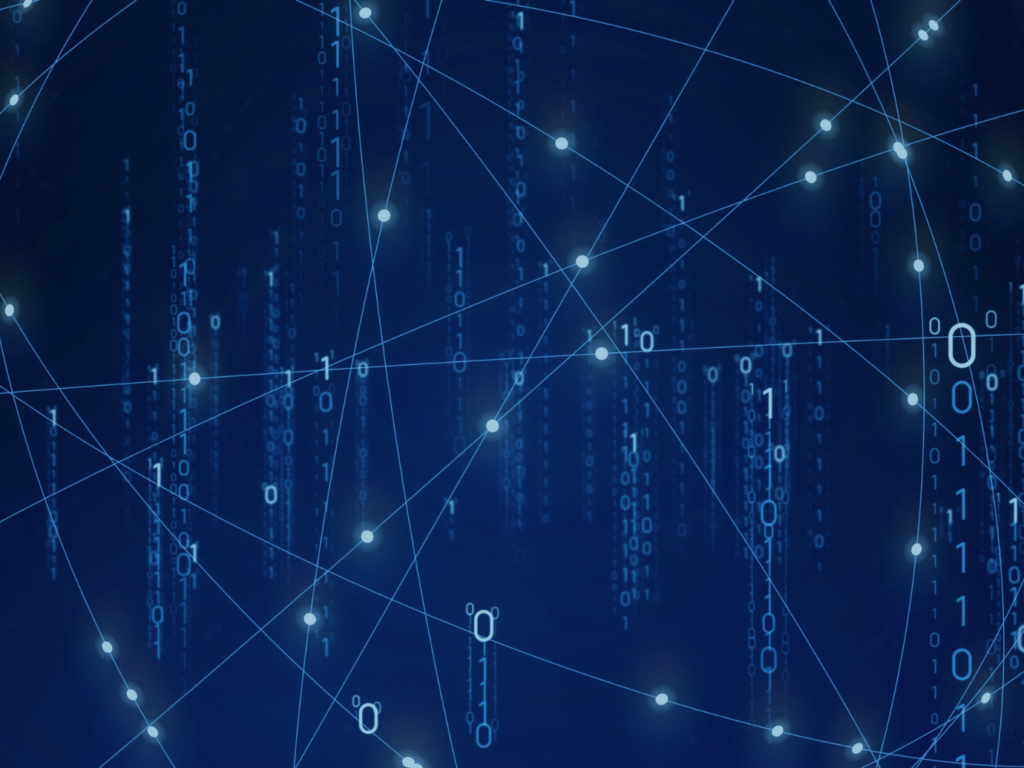Quantum technology is a field that is rapidly growing and evolving, and it can be challenging to keep up with all the terms and concepts involved. Whether you are considering adopting a quantum random number generator (QRNG) at your organisation, or you’re simply looking to get to grips with quantum technology more generally, you will likely come across many of these terms. To help you navigate this technical jargon, we’ve put together an A-Z guide to quantum technology terms.
The glossary
Term
Definition
Algorithm
A set of rules or steps that a computer follows to solve a problem or perform a task.1
A fundamental concept in quantum physics that relates to the measurement of entangled particles. It states that the predictions of quantum mechanics cannot be explained by any local hidden variable theory, meaning that particles can influence each other’s states instantaneously, regardless of the distance between them.2
Any type of unwanted or random interference that affects a classical signal or system. It can be caused by physical factors such as, temperature fluctuations, or imperfections in the materials used within the device itself. This type of noise can distort the original signal, making it difficult to extract the desired information.3
Refers to a situation where the property of particles or systems maintain a stable and predictable phase relationship. It means that the quantum state of a system remains undisturbed and preserves its interference patterns.4
The loss of quantum coherence, which is the ability of a quantum system to exist in multiple states simultaneously. Decoherence is one of the main challenges in building quantum computers and quantum random number generators.5
Commented by Albert Einstein as “spooky action at a distance”, quantum entanglement is a phenomenon in quantum mechanics where two or more particles become correlated in such a way that the properties of one particle depends on the properties of the other particle, regardless of the distance between them.6
The term to quantify randomness within a system, such as in a random number generator. A system with high entropy means is more random and therefore more difficult to predict. 7
The degree to which a quantum state is preserved during a quantum operation or measurement. Fidelity is an important measure (usually a percentage) of the quality and reliability of quantum gates.8
Refers to the ratio of the number of truly random bits generated by the QRNG to the total number of bits generated. A high-generation efficiency QRNG produces a large number of truly random bits compared to the number of bits generated, while a low-generation efficiency QRNG may produce many bits that are not truly random or are correlated.
A mathematical function that takes an input (such as a message or data) and produces a fixed-length output, known as a hash or message digest. Hash functions are widely used in cryptography to ensure the integrity and authenticity of data, as well as to generate random numbers.9
Refers to randomness that arises from inherent properties of a physical system, rather than from external environmental factors or manipulations.10
Refers to the variability in timing or amplitude of a signal, which can occur due to various factors such as noise, interference, or distortion. In the context of quantum random number generators, jitter can affect the quality of the generated random numbers.11
The process of creating a secret cryptographic key that is used to encrypt and decrypt data. The key generation process typically involves generating a random sequence of bits to be used as the cryptographic key.12
Refers to the characteristic timescale over which a quantum state or property persists or decays. It represents the average duration for a particular quantum system to transition from its initial state to a different state or to lose its coherence.13
The process of obtaining information about a property of a quantum system. In quantum mechanics, the measurement action could potentially change the quantum state and affect subsequent measurements.
A theorem in quantum mechanics that states that it is impossible to create an identical copy of an arbitrary unknown quantum state.14
Refers to a process or system that is unpredictable and cannot be repeated.
A function used in some quantum algorithms to provide information about the problem being solved.15
Cryptography (mostly algorithms) that is resistant to attacks by quantum computers. QRNGs can be used to generate the random numbers needed for post-quantum cryptographic protocols.16
A deterministic algorithm that generates numbers that appear to be random but repeat after a while. This makes PRNGs susceptible to bias and brute force attacks.
The basic unit of quantum information, analogous to a classical bit in a classical computer. Qubits can exist in superpositions of the and
states.17
A complete description of a quantum system in quantum mechanics. When a measurement is made on a quantum system, its state “collapses” into one of the possible measurement outcomes, according to the probabilities encoded in the quantum state. This feature can be used to generate random numbers.18
A method of secure communication that generates and distributes random cryptographic keys. It provides users the ability to detect a third-party attempt at obtaining the keys. This can be used alongside PQC to safeguard data against attacks from quantum computers.19
A device that generates random numbers, which are essential in cryptography and other applications such as in Monte Carlo simulations.
A widely used cryptographic system that secures communication and data transmission. It employs a pair of keys, public and private, to encrypt and decrypt information. The public key is used to encrypt data, while the private key is kept secret and used for decryption. Its security is based on the difficulty of factoring large integers.20
An initial positive integer used by a PRNG or in simulations to generate a reproducible number stream that appears to be random.
Shor’s algorithm uses quantum mechanics to efficiently factor large composite numbers. It can break RSA encryption, which relies on the difficulty of factoring large numbers for secure encryption, much faster and more efficiently than classical algorithms can.21
A property of a quantum system to exist in multiple states simultaneously, until the quantum system is measured. Superposition is one of the key features of quantum states.22
A device that generates random numbers by collecting and measuring random physical phenomena.
A principle in quantum mechanics that states that certain pairs of physical properties, such as position and momentum, cannot be precisely measured simultaneously.23
Virtual qubits are not actual physical qubits but are instead a mathematical construct used to simulate quantum circuits and algorithms on classical computers. Virtual qubits are created by encoding multiple physical qubits into a single logical qubit.
A mathematical tool used to describe a quantum state in phase space.24
A type of measurement that is performed on qubits, which are the fundamental units of information in quantum computing.25
A cryptographic protocol that can be used to compare two numbers without revealing any information about the numbers themselves. The protocol is based on the use of quantum random numbers to generate secret keys that are used to encrypt and decrypt the numbers being compared.26
A phenomenon in quantum mechanics that occurs when a quantum system is observed continuously, preventing it from undergoing any change or evolution.27
Join the conversation about the future of quantum technologies
Thank you for reading our A-Z guide to quantum technology terms. We hope that it helps as you discover more about this emerging technology. If you are interested in exploring the use of quantum random number generators (QRNGs) in your organisation, or if you simply want to learn a bit more about our technology, please don’t hesitate to get in touch with us.
References
- Meaning of Algorithm, Cambridge University Press & Assessment, 2023
- Bell’s Theorem, Stanford Encyclopaedia of Philosophy, 2019
- Classical Noise, Quantum Noise and Secure Communication, C. Tannous and J. Langlois, 2016
- Physicists find quantum coherence and quantum entanglement are two sides of the same coin,org, 2015
- The Role of Decoherence in Quantum Mechanics, Stanford Encyclopaedia of Philosophy, 2020
- What is Entanglement and Why is it Important?, Caltech, 2023
- What is Entropy?, ChemTalk, 2023
- Probing the Inner Workings of High-Fidelity Quantum Processors, S. Dept of Energy, 2022
- Hash Function, Corporate Finance Institute, 2023
- Intrinsic Randomness in the Quantum World, John Templeton Foundation, 2016
- Quantum random number generation, npj Quantum Information, 2016
- Key Generation, National Institute of Standards and Technology, 2023
- Lifetime Definition, Physics Stack Exchange, 2020
- No-cloning theorem, nLab, 2023
- Work with and define quantum oracles, Microsoft, 2022
- Cryptography in the era of quantum computers, Microsoft, 2023
- The qubit, IBM Quantum, 2023
- Quantum States, Quantum Atlas, 2023
- Quantum Security Technologies, NCSC, 2020
- RSA Algorithm, DI Management, 2023
- Shor’s Algorithm, IBM, 2023
- Superposition, Isaac Physics, 2023
- Uncertainty Principle, Encyclopaedia Britannica, 2023
- Wigner Function, nLab, 2020
- Single- and multi-qubit Pauli measurement operations, Microsoft, 2022
- Yao’s Millionaires’ Problem, Scholarly Community Encyclopaedia, 2023
Perspectives on the quantum Zeno paradox, Institute of Physics, 2018






